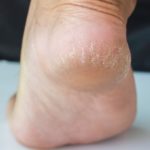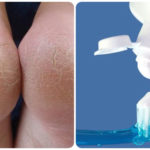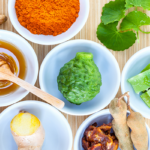It is important to keep a baby’s mouth and tongue clean, even though they are not yet eating solid food and are usually only breastfed or bottle-fed. White residue can build up on the tongue, causing discomfort and making the baby less likely to feed. The following article will discuss why you should clean your baby’s tongue and provide some popular methods.
1 Why Do You Need to Clean a Newborn’s Tongue?
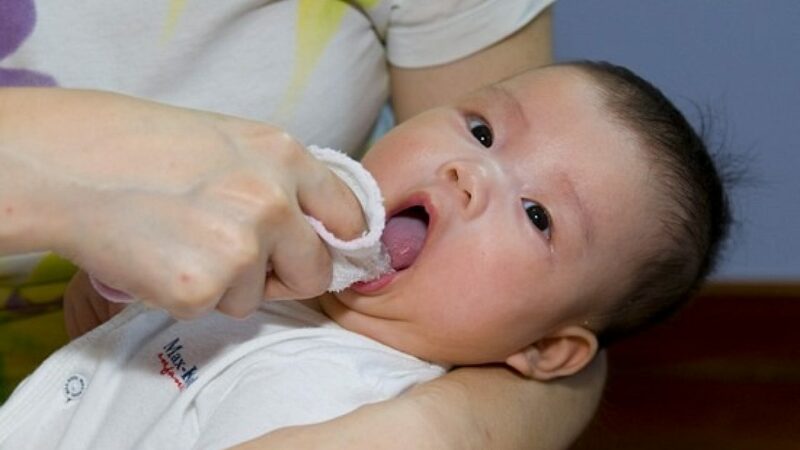
Cleaning a newborn’s tongue is just as important as brushing your teeth as an adult. It is necessary to maintain good oral hygiene and keep the tongue and mouth clean.
The tongue and mouth of a baby are home to many microorganisms that can cause bad breath. This affects their sense of taste and enjoyment of food if not cleaned properly.
After feeding, whether it’s breast milk or formula, there may be white residue left on the tongue, known as milk residue. If left for too long, it can lead to thrush, causing discomfort and potentially reducing the baby’s feeding. It can also contribute to oral issues like oral thrush, black mouth, etc.
It is recommended to clean your baby’s tongue at least once a day or whenever you notice any residue. It is best to do it before feeding to avoid the baby spitting up.
Reference: 4 effective home remedies
2 Methods for Cleaning a Newborn’s Tongue
Using Physiological Saline Solution
This method is suitable for babies from 0 to 4 months old.
Step 1: Purchase gauze from a medical facility.

Step 2: Wash your hands thoroughly with soap and water, then put on the gauze on your index finger and dip it into the physiological saline solution.
Step 3: Hold the baby close to your chest, with their head raised to the level of your chest. Gently rub the inside of their mouth with your finger.
Step 4: When cleaning the baby’s tongue, start with the cheeks and move to other areas of the mouth, finishing with the tongue, wiping from the outside towards the inside.
Using Hedge Mustard Leaves
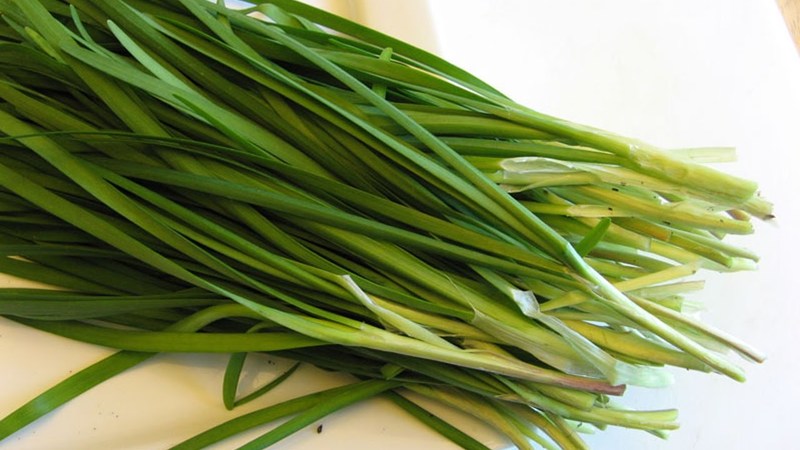
This method is suitable for babies from 5 months old and above.
Step 1: Wash the hedge mustard leaves, then boil them. Remove the leaves and mash them into a paste.
Step 2: Add some of the water used to boil the leaves earlier, and squeeze the paste to extract the juice.
Step 3: Wash your hands and dip the gauze into the hedge mustard juice. Clean the baby’s mouth and tongue, starting with the cheeks, then moving to other areas of the mouth, and finally, the tongue.
Using Sweet Leaf Herb
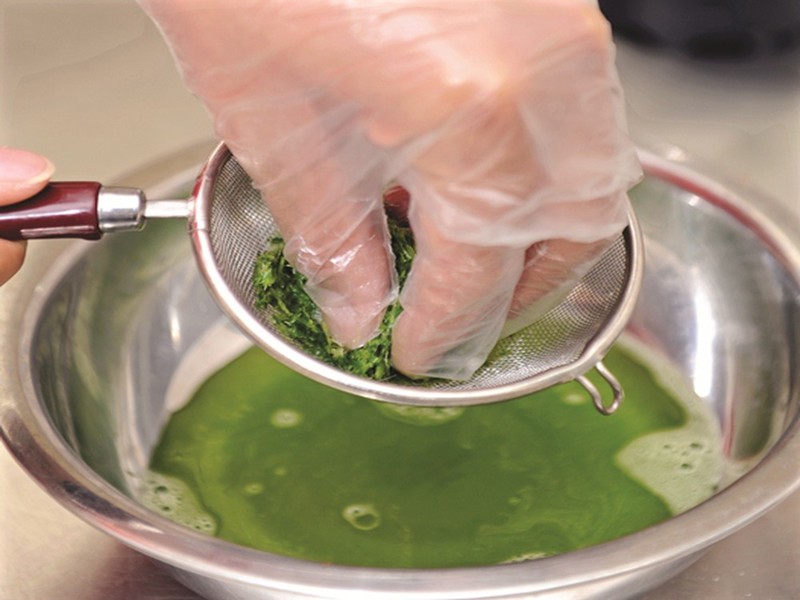
This method is suitable for babies over 5 months old.
Step 1: Choose fresh, pesticide-free sweet leaf herb. Wash the leaves and soak them in salted water for 10 minutes.
Step 2: Boil the leaves and mash them into a paste.
Step 3: Wash your hands and put on the gauze. Dip it into the sweet leaf herb paste and clean the baby’s mouth and tongue, following the same order as the previous methods.
Using Honey
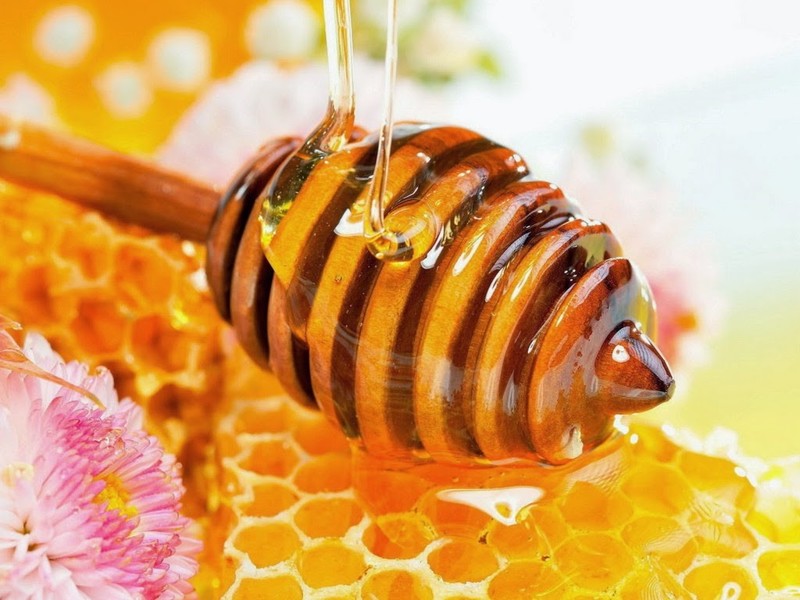
This method is suitable for babies over 1 year old.
Step 1: Choose pure, natural honey.
Step 2: Wash your hands and wrap gauze around your finger. Dip it into the honey and gently rub it all over the baby’s mouth, finishing with the tongue.
Step 3: After cleaning, you can give the baby a small amount of water to rinse their mouth.
Notes on Cleaning a Newborn’s Tongue
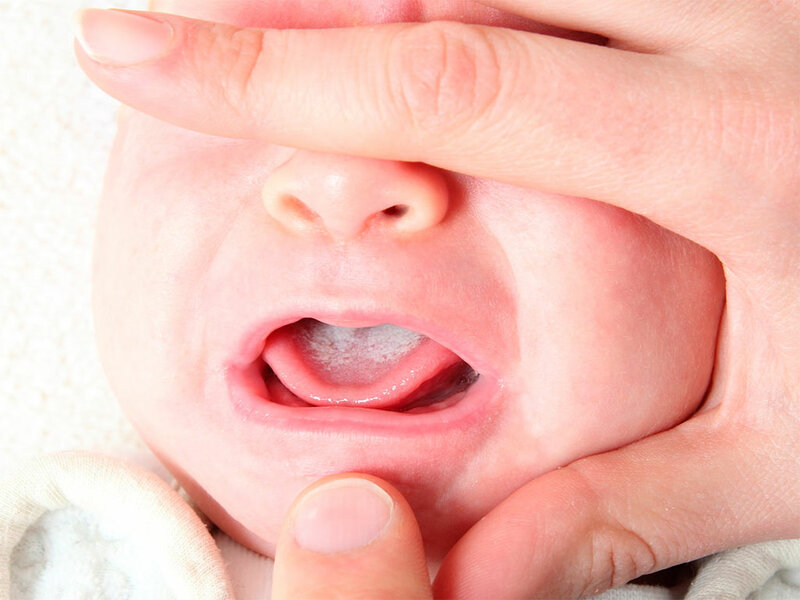
– It is best to clean your baby’s tongue when they are hungry to avoid spitting up. The ideal time is in the morning or at least two hours after a meal.
– If you notice any residue on the tongue, do not scrub or try to remove it forcefully as this can cause injury and potential infection.
– Always use a gentle motion when cleaning the tongue to avoid causing any trauma or infection.
– Hold the baby in your arms during the cleaning process, rather than laying them on their back.
– Sterilize the gauze by soaking it in a 0.9% physiological saline solution.
Now you know the importance of cleaning your baby’s tongue and some effective methods to do so. Taking care of a newborn can be challenging but also incredibly rewarding. Always strive to do what’s best for your little one’s health and well-being!
Treating Dark Knees with Easy-to-Find Ingredients
Are you dealing with dark discoloration around your knees? If so, you’re not alone! Unevenness or darkness in skin tone can be caused by a number of environmental factors. But don’t worry – there are ways to naturally revive and restore brightness to your skin. Here are some easy, everyday tips to lighten up your dark knees.


























